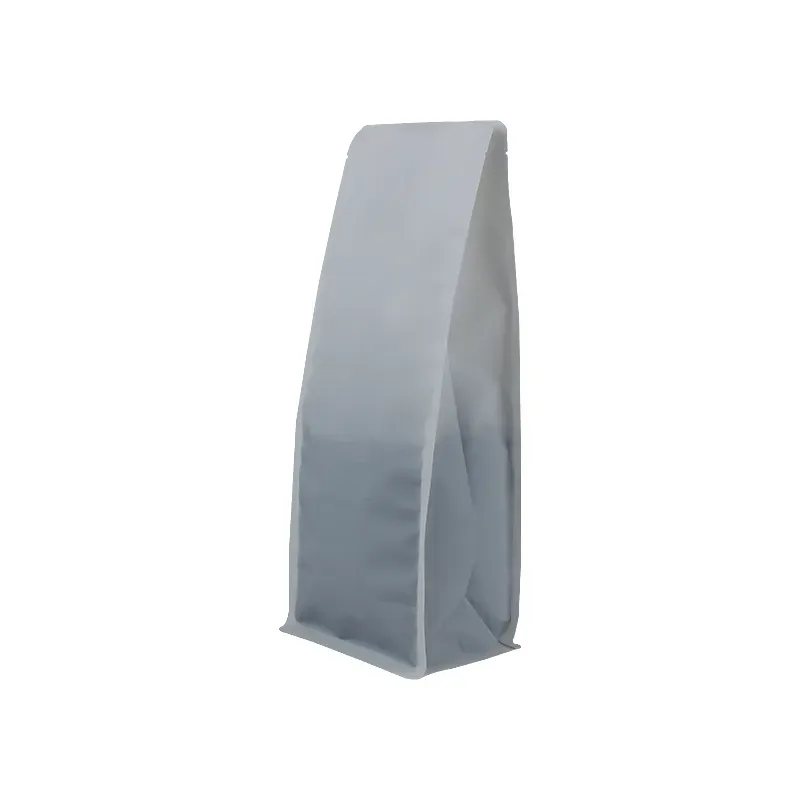- Afrikaans
- Albanian
- Amharic
- Arabic
- Armenian
- Azerbaijani
- Basque
- Belarusian
- Bengali
- Bosnian
- Bulgarian
- Catalan
- Cebuano
- chinese_simplified
- chinese_traditional
- Corsican
- Croatian
- Czech
- Danish
- Dutch
- English
- Esperanto
- Estonian
- Finnish
- French
- Frisian
- Galician
- Georgian
- German
- Greek
- Gujarati
- haitian_creole
- hausa
- hawaiian
- Hebrew
- Hindi
- Miao
- Hungarian
- Icelandic
- igbo
- Indonesian
- irish
- Italian
- Japanese
- Javanese
- Kannada
- kazakh
- Khmer
- Rwandese
- Korean
- Kurdish
- Kyrgyz
- Lao
- Latin
- Latvian
- Lithuanian
- Luxembourgish
- Macedonian
- Malgashi
- Malay
- Malayalam
- Maltese
- Maori
- Marathi
- Mongolian
- Myanmar
- Nepali
- Norwegian
- Norwegian
- Occitan
- Pashto
- Persian
- Polish
- Portuguese
- Punjabi
- Romanian
- Russian
- Samoan
- scottish-gaelic
- Serbian
- Sesotho
- Shona
- Sindhi
- Sinhala
- Slovak
- Slovenian
- Somali
- Spanish
- Sundanese
- Swahili
- Swedish
- Tagalog
- Tajik
- Tamil
- Tatar
- Telugu
- Thai
- Turkish
- Turkmen
- Ukrainian
- Urdu
- Uighur
- Uzbek
- Vietnamese
- Welsh
- Bantu
- Yiddish
- Yoruba
- Zulu
Exploring Five Unique Packaging Styles for Diverse Product Needs and Consumer Preferences
Exploring 5 Different Types of Packaging
Packaging plays an essential role in our daily lives, serving not only as a means of protecting products but also as a powerful marketing tool. With advancements in technology and a growing awareness of sustainability, various types of packaging have emerged. In this article, we will explore five distinct types of packaging commonly used across different industries.
1. Cardboard Packaging
Cardboard packaging is one of the most widely used types for shipping and storing products. Made from paper pulp, cardboard is lightweight, durable, and recyclable, making it an eco-friendly choice. Its versatility allows it to be easily shaped into boxes, cartons, and protective inserts. In the retail sector, cardboard packaging is often used for packaging food, cosmetics, and electronics, enhancing the presentation and keeping the products safe during transit. Additionally, custom printing options allow businesses to display their branding effectively, increasing consumer recognition.
Plastic packaging is another prevalent form, known for its flexibility and lightweight characteristics. It comes in various forms, including bags, bottles, containers, and wraps. Plastic is water-resistant, durable, and often more cost-effective than other materials. However, concerns about environmental impact have prompted the development of biodegradable alternatives, such as PLA (polylactic acid) plastics made from renewable resources. Companies are increasingly exploring ways to reduce plastic waste by using recycled materials and encouraging consumers to recycle packaging after use.
3. Glass Packaging
5 different types of packaging

Glass packaging is celebrated for its aesthetic appeal and preservation qualities. Commonly used for beverages, food products, and cosmetics, glass containers are not only visually appealing but also provide an airtight seal, maintaining the freshness and quality of their contents. Glass is non-reactive, ensuring that it does not alter the taste or composition of food and drinks. Moreover, glass packaging is fully recyclable, making it a preferred option for environmentally conscious consumers. Brands like wine, craft beer, and premium food producers often opt for glass packaging to convey a sense of luxury and quality.
4. Metal Packaging
Metal packaging, primarily in the form of aluminum and steel, offers strength and durability. Used extensively for canned goods, beverages, and aerosol products, metal packaging has excellent barrier properties that protect contents from light, moisture, and air. This characteristic prolongs shelf life and prevents spoilage. Metal cans are 100% recyclable, and recycling them saves energy compared to producing new cans. The convenience of metal packaging, along with its lightweight nature, has made it a popular choice for on-the-go consumption.
5. Flexible Packaging
Flexible packaging has gained immense popularity in recent years due to its versatility and practicality. Comprising materials like plastics, films, and laminates, flexible packaging can take various forms—bags, pouches, wraps, and more. It is particularly favored in the food industry for its ability to extend shelf life and reduce waste. The lightweight nature of flexible packaging also lowers transportation costs, making it an economical choice for manufacturers. Additionally, it offers ample space for branding and information, giving consumers a clear understanding of the product they are purchasing.
In conclusion, the world of packaging is diverse and continually evolving. From cardboard to plastic, glass, metal, and flexible packaging, each type serves unique purposes while addressing the needs of consumers and businesses alike. As sustainability becomes a critical focus in packaging design, the industry is likely to witness continued innovation, paving the way for more environmentally friendly materials and solutions. Understanding these different types of packaging can help businesses make informed decisions in choosing the right option for their products, ultimately enhancing their market presence and contributing to a sustainable future.













